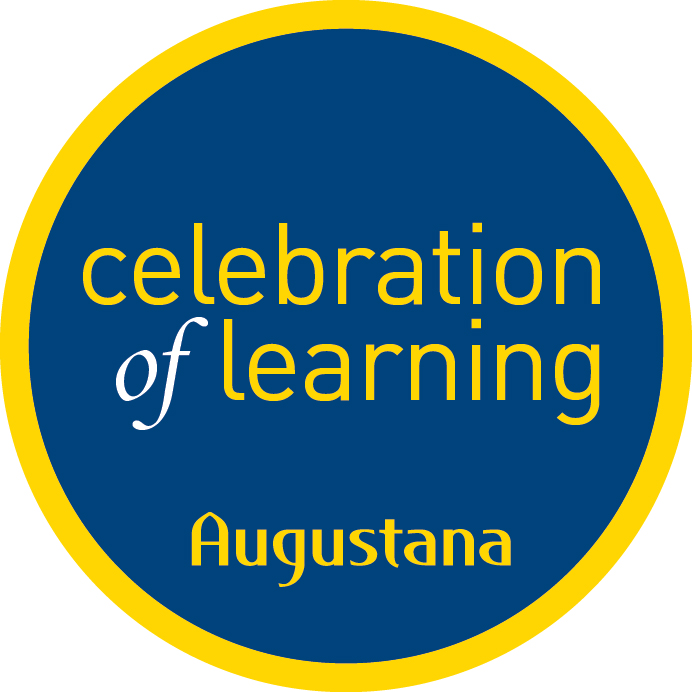Project Advisor(s) (Students Only)
Dr. Michelle Wolff
Presentation Type (All Applicants)
Oral Presentation
Disciplines (All Applicants)
Bilingual, Multilingual, and Multicultural Education | Curriculum and Instruction | Curriculum and Social Inquiry | Disability Studies | Early Childhood Education | Education | Elementary Education | Language and Literacy Education | Lesbian, Gay, Bisexual, and Transgender Studies | Publishing | Social and Cultural Anthropology | Social History | United States History | Women's History | Women's Studies
Description, Abstract, or Artist's Statement
Every person grows up exposed to children’s literature. Unfortunately, much of the children’s literature that is published is racially discriminatory, historically inaccurate, blatantly offensive, or pure propaganda. The research for this presentation began in Augustana College’s library and has transitioned to a much broader space: The Saint Louis Country Library. Through this research, it has become obvious that diverse literature is hard to find and is often marketed as only readable for those in the minority race depicted. Many libraries mark literature that contains African Americans, as to help “guide” readers in their selections. Books labeled in this way make children’s literature the modern form of segregation. This is further endorsed by companies that continue to print historically racist books, such as Little House on the Prairie by Laura Ingalls Wilder. While books such as this have been recently stripped of their awards due to their racist commentary and illustrations, they are still market as acceptable children’s literature. Regrettably, publishers are continuing to place materials such as this on the shelf that fill a child’s naïve mind with discriminatory mindsets. Despite the negatives of children’s literature, there are also many positives that are beginning to appear. Small publishing companies have begun to publish diverse stories in an effort to equalize the representation of race, ethnicity, and disabilities in children’s books. In order to further this advance, this presentation has been combined with the authoring of a manual that explains to parents and teachers how to detect negative children’s literature, as well as how to explain the problems in a child-friendly way without eliminating the classics from their children’s book shelves. Accompanying this manual will be a personally authored example piece of children’s literature about disabilities and illness, an idea that is lacking tremendously in both the literature and education communities.
Augustana Digital Commons Citation
Kebler, Lucy. "Beware The Cat in the Hat: How Children's Literature is the Modern Form of Segregation" (2019). Celebration of Learning.
https://digitalcommons.augustana.edu/celebrationoflearning/2019/presentations/8
Included in
Bilingual, Multilingual, and Multicultural Education Commons, Curriculum and Instruction Commons, Curriculum and Social Inquiry Commons, Disability Studies Commons, Early Childhood Education Commons, Elementary Education Commons, Language and Literacy Education Commons, Lesbian, Gay, Bisexual, and Transgender Studies Commons, Publishing Commons, Social and Cultural Anthropology Commons, Social History Commons, United States History Commons, Women's History Commons, Women's Studies Commons
Beware The Cat in the Hat: How Children's Literature is the Modern Form of Segregation
Every person grows up exposed to children’s literature. Unfortunately, much of the children’s literature that is published is racially discriminatory, historically inaccurate, blatantly offensive, or pure propaganda. The research for this presentation began in Augustana College’s library and has transitioned to a much broader space: The Saint Louis Country Library. Through this research, it has become obvious that diverse literature is hard to find and is often marketed as only readable for those in the minority race depicted. Many libraries mark literature that contains African Americans, as to help “guide” readers in their selections. Books labeled in this way make children’s literature the modern form of segregation. This is further endorsed by companies that continue to print historically racist books, such as Little House on the Prairie by Laura Ingalls Wilder. While books such as this have been recently stripped of their awards due to their racist commentary and illustrations, they are still market as acceptable children’s literature. Regrettably, publishers are continuing to place materials such as this on the shelf that fill a child’s naïve mind with discriminatory mindsets. Despite the negatives of children’s literature, there are also many positives that are beginning to appear. Small publishing companies have begun to publish diverse stories in an effort to equalize the representation of race, ethnicity, and disabilities in children’s books. In order to further this advance, this presentation has been combined with the authoring of a manual that explains to parents and teachers how to detect negative children’s literature, as well as how to explain the problems in a child-friendly way without eliminating the classics from their children’s book shelves. Accompanying this manual will be a personally authored example piece of children’s literature about disabilities and illness, an idea that is lacking tremendously in both the literature and education communities.

Comments
This presentation will have already been given at NCUR 2019 in Atlanta this April. This would be my chance to share it with the Augie community.